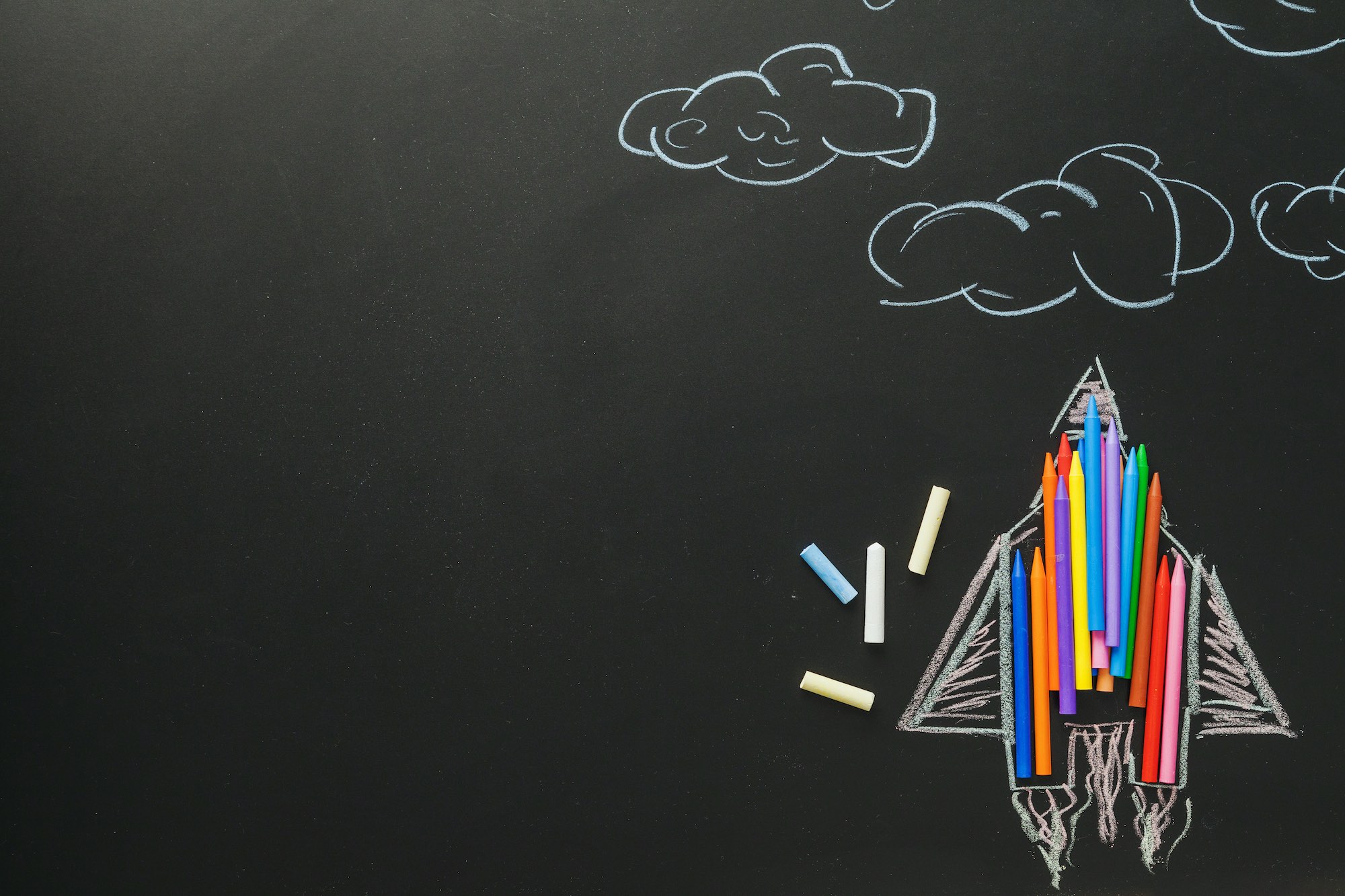As teachers start to get familiar with names and students remember what classroom they need to go to, another vital thing you cannot forget is school safety.
Educators, administrators, teachers and other faculty members who work in schools and educational centres not only teach pupils about the world but have to also protect them from certain unpredictable situations.
If you are the principal of a school or work in an educational centre, do not forget the following safety tips to make your students’ learning environments as safe as possible.
1. Implementing ID badge policy
Identification badges for members of the staff, administrators, visitors and perhaps even students will help foster not only a safer environment, but a also friendlier environment.
The very first thing you should do to improve the safety of your school is to make sure ID badges are clearly identifiable. It is important to implement a clear protocol for how to handle unidentified individuals when found within the premises of the school.
2. Set very clear guidelines and rules as well as strict limits on violence for students
Make sure your students understand from day one what constitutes unacceptable behaviour when it comes to violence. Highlight that pushing, shoving and verbal threats count as violence and will be dealt with according to your school’s policies. School-wide assemblies every now and then are also a great way to keep limits and rules clear for all students.
3. Bully-proofing the classroom
Recently, focus has shifted from physical violence to verbal abuse as well as bullying. Bullying is a serious crisis affecting schools throughout the entire world and it is vital as educators to say “no” to bullying from the get go. Take a proactive approach against it by engaging students in various team-building activities, responding promptly to cruel behaviour and involving other teachers, principals and parents when necessary.
4. Keep the class organised
Another good way to improve safety in schools is to keep the hallways, classroom and other areas of the school organised and free of hazards. Make sure that classroom objects and tools are accessible for students and never on top of high shelves or cabinets. This way, you reduce the chances of a student falling when trying to reach a tool or item.
5. Fire safety awareness
Fire drills always seem repetitive, we know. However, practicing them can really be the difference between safety and danger in case of a fire emergency. Apart from running fire drills in accordance with the law’s requirements, make sure you include fire safety awareness refreshers every now and then in the classroom. Go over the exit route(s), fire extinguisher locations and safety tips related to fires like staying low whenever there is smoke.
6. Planning for severe weather
Hurricanes, snowstorms, tornadoes and floods affect schools year after year so it’s very important for all educational centres to prepare for such events.
Make sure you keep an eye on the weather developments or perhaps use a team of meteorologists to help you make weather-related decisions. Do not forget to protect the students involved in sport activities from deadly lightning strikes with a lightning alerting system.
7. Resources for stressed or depressed students
Many instances of violence or bullying in schools and educational centres involve students who previously have shown signs of anxiety, depression or other stress. Make sure you have counselling services readily available for students when needed and know when a student should be referred for mental.
8. Maintain locks on windows and doors
In the event of a school emergency requiring a total lock down, working locks are of the utmost importance. Periodically check classroom locks and make sure you report any faulty equipment to the maintenance team for immediate repair.
While these tips are actually great for improvements, they certainly do not guarantee safety in schools. Therefore, if you are concerned for your school’s safety you should get in touch with a professional who can carry out an assessment of the current situation and safety of your school and identify potential risks and areas where there is room for improvement.








